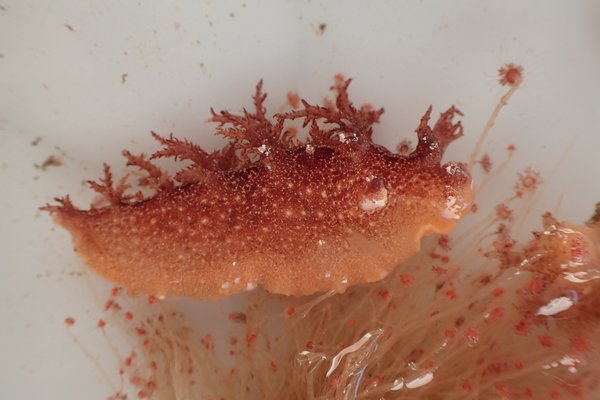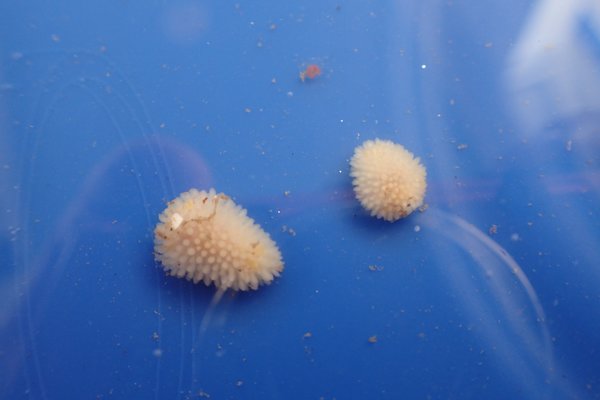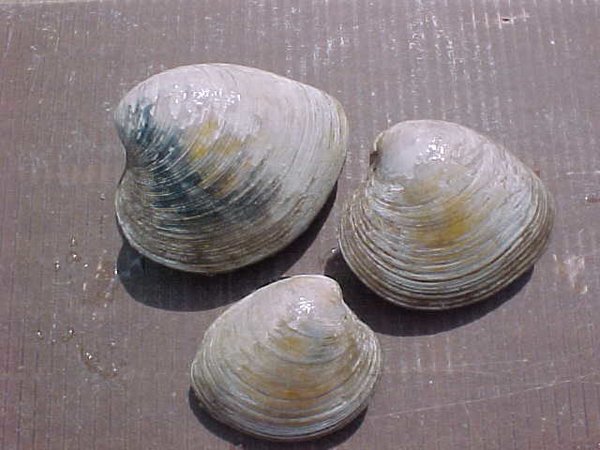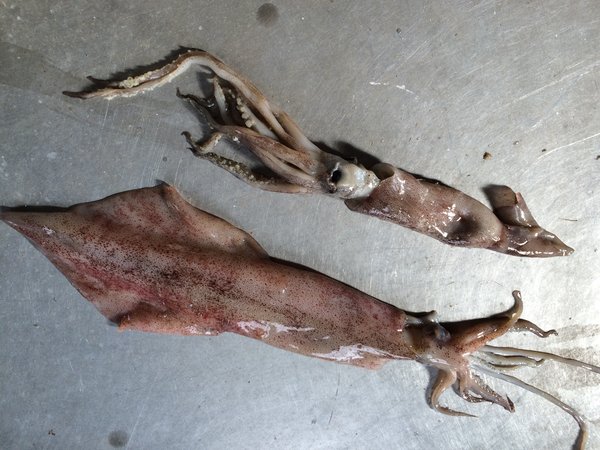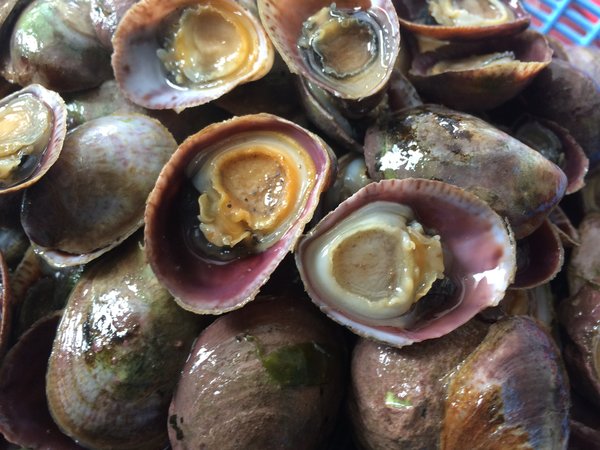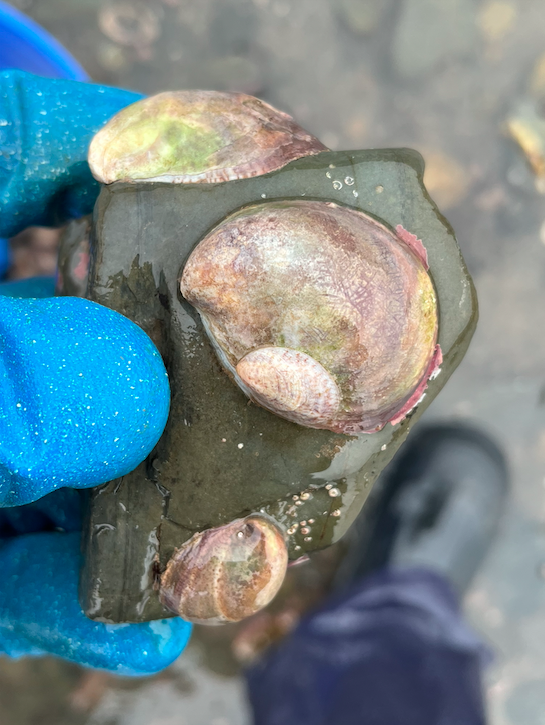 Image 1 of 2
Image 1 of 2

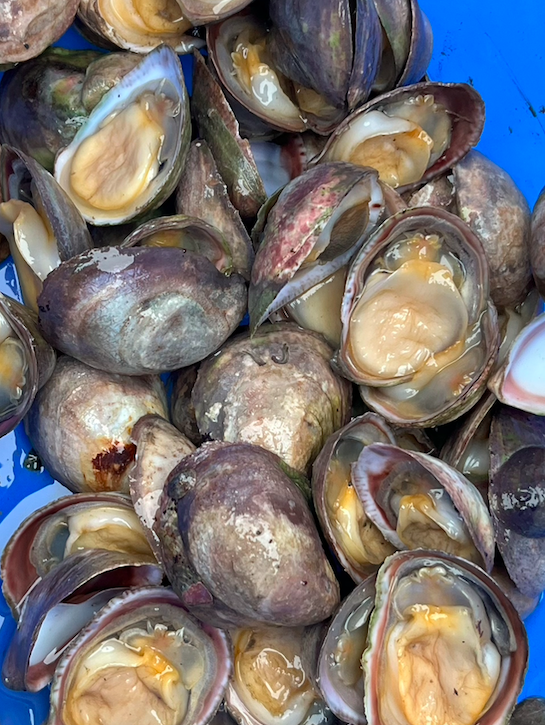 Image 2 of 2
Image 2 of 2



Common Slipper Shell (Crepidula fornicata)
Common name: common slipper shell
Scientific name: Crepidula fornicata
Locations: rocks & stones, on shells - especially live scallops, mussels, crabs
Seasonality: available year round
Colors: white and pink
Size: 1/4" - 1/2"
Collected: by hand, knife to detach them from rocks
Quantity: sold by the each
Common name: common slipper shell
Scientific name: Crepidula fornicata
Locations: rocks & stones, on shells - especially live scallops, mussels, crabs
Seasonality: available year round
Colors: white and pink
Size: 1/4" - 1/2"
Collected: by hand, knife to detach them from rocks
Quantity: sold by the each
Common name: common slipper shell
Scientific name: Crepidula fornicata
Locations: rocks & stones, on shells - especially live scallops, mussels, crabs
Seasonality: available year round
Colors: white and pink
Size: 1/4" - 1/2"
Collected: by hand, knife to detach them from rocks
Quantity: sold by the each

Slipper shells on a sea scallop shell.
Tidepool Tim says, "Slipper shells form "pig-piles" on each other - sometimes we see stacks of 4 or even 5 of these animals on top of each other. Not sure how they pull this off, but its all in the best interest of making slipper shell babies - that's for sure. These guys can change their sex from male to female in order to make the reproduction in the pile go correctly. We mostly see them on scallop shells here in our bay. If you look inside of a slipper's shell you will see a ledge that goes halfway across and hence the name. It is kind of funny that their species name is 'fornicata' - easy to see how that happened. Male slippers are on top of the pile with hermaphrodites in the middle and the larger females on the bottom. once fertilized, the females brood the eggs under their foot. Rather than grazing around looking for food like their cousins the limpets or chitons, slipper shells create a current under their shells and are filter feeders. As particles of food are drawn up under their shells, these get stuck in a mucous slime and then are licked off into their digestive system.”

